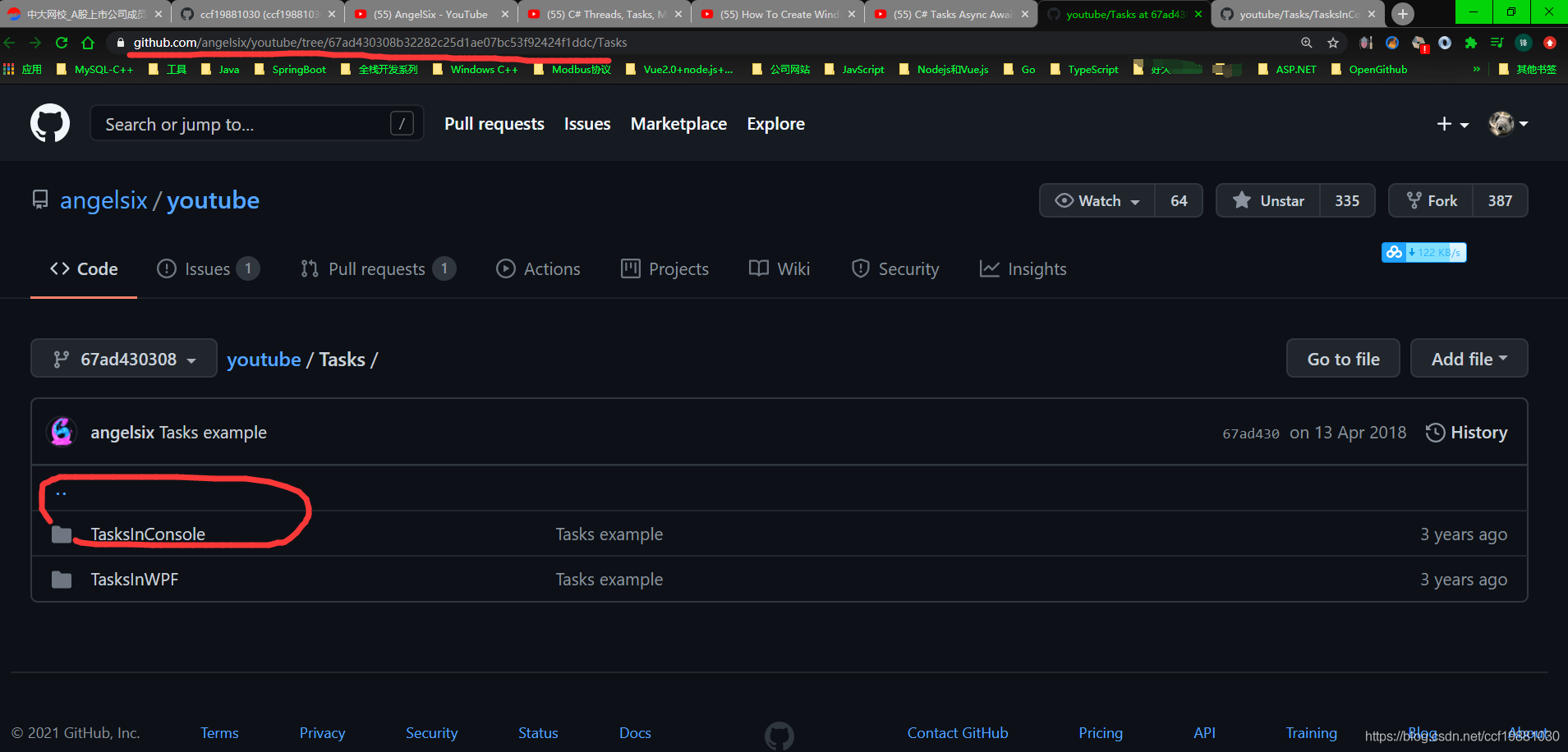可以将文章内容翻译成中文,广告屏蔽插件可能会导致该功能失效(如失效,请关闭广告屏蔽插件后再试):
问题:
I have a big (12 million rows) data.table which looks like this:
library(data.table)
set.seed(123)
dt <- data.table(id=rep(1:3, each=5),y=sample(letters[1:5],15,replace = T))
> dt
id y
1: 1 b
2: 1 d
3: 1 c
4: 1 e
5: 1 e
6: 2 a
7: 2 c
8: 2 e
9: 2 c
10: 2 c
11: 3 e
12: 3 c
13: 3 d
14: 3 c
15: 3 a
I want to create a new data.table containing my variable id (which will be the unique key of this new data.table) and 5 other binary variables each one corresponding to each category of y which take value 1 if the id has that value for y, 0 otherwise.
The output data.table should look like this:
id a b c d e
1: 1 0 1 1 1 1
2: 2 1 0 1 0 1
3: 3 1 0 1 1 1
I tried doing this in a loop but it's quite slow and also I don't know how to pass the binary variable names programmatically, as they depend on the variable I'm trying to "split".
EDIT: as @mtoto pointed out, a similar question has already been asked and answered here, but the solution is using the reshape2 package.
I was wondering if there's another (faster) way to do so by maybe using the := operator in data.table, as I have a massive dataset and I'm working quite a lot with this package.
EDIT2: benchmark of the functions in @Arun's post on my data (~12 million rows, ~3,5 million different ids and 490 different labels for the y variable (resulting in 490 dummy variables)):
system.time(ans1 <- AnsFunction()) # 194s
system.time(ans2 <- dcastFunction()) # 55s
system.time(ans3 <- TableFunction()) # Takes forever and blocked my PC
回答1:
data.table has its own dcast implementation using data.table's internals and should be fast. Give this a try:
dcast(dt, id ~ y, fun.aggregate = function(x) 1L, fill=0L)
# id a b c d e
# 1: 1 0 1 1 1 1
# 2: 2 1 0 1 0 1
# 3: 3 1 0 1 1 1
Just thought of another way to handle this by preallocating and updating by reference (perhaps dcast's logic should be done like this to avoid intermediates).
ans = data.table(id = unique(dt$id))[, unique(dt$y) := 0L][]
All that's left is to fill existing combinations with 1L.
dt[, {set(ans, i=.GRP, j=unique(y), value=1L); NULL}, by=id]
ans
# id b d c e a
# 1: 1 1 1 1 1 0
# 2: 2 0 0 1 1 1
# 3: 3 0 1 1 1 1
Okay, I've gone ahead on benchmarked on OP's data dimensions with ~10 million rows and 10 columns.
require(data.table)
set.seed(45L)
y = apply(matrix(sample(letters, 10L*20L, TRUE), ncol=20L), 1L, paste, collapse="")
dt = data.table(id=sample(1e5,1e7,TRUE), y=sample(y,1e7,TRUE))
system.time(ans1 <- AnsFunction()) # 2.3s
system.time(ans2 <- dcastFunction()) # 2.2s
system.time(ans3 <- TableFunction()) # 6.2s
setcolorder(ans1, names(ans2))
setcolorder(ans3, names(ans2))
setorder(ans1, id)
setkey(ans2, NULL)
setorder(ans3, id)
identical(ans1, ans2) # TRUE
identical(ans1, ans3) # TRUE
where,
AnsFunction <- function() {
ans = data.table(id = unique(dt$id))[, unique(dt$y) := 0L][]
dt[, {set(ans, i=.GRP, j=unique(y), value=1L); NULL}, by=id]
ans
# reorder columns outside
}
dcastFunction <- function() {
# no need to load reshape2. data.table has its own dcast as well
# no need for setDT
df <- dcast(dt, id ~ y, fun.aggregate = function(x) 1L, fill=0L,value.var = "y")
}
TableFunction <- function() {
# need to return integer results for identical results
# fixed 1 -> 1L; as.numeric -> as.integer
df <- as.data.frame.matrix(table(dt$id, dt$y))
df[df > 1L] <- 1L
df <- cbind(id = as.integer(row.names(df)), df)
setDT(df)
}
回答2:
For small data sets the table function seems to be more efficient, but on large datasets dcast seems to be the most efficient and convenient option.
TableFunction <- function(){
df <- as.data.frame.matrix(table(dt$id, dt$y))
df[df > 1] <- 1
df <- cbind(id = as.numeric(row.names(df)), df)
setDT(df)
}
AnsFunction <- function(){
ans = data.table(id = unique(dt$id))[, unique(dt$y) := 0L][]
dt[, {set(ans, i=id, j=unique(y), value=1L); NULL}, by=id]
}
dcastFunction <- function(){
df <-dcast.data.table(dt, id ~ y, fun.aggregate = function(x) 1L, fill=0L,value.var = "y")
}
library(data.table)
library(microbenchmark)
set.seed(123)
N = 10000
dt <- data.table(id=rep(1:N, each=5),y=sample(letters[1 : 5], N*5, replace = T))
microbenchmark(
"dcast" = dcastFunction(),
"Table" = TableFunction(),
"Ans" = AnsFunction()
)
Unit: milliseconds
expr min lq mean median uq max neval cld
dcast 42.48367 45.39793 47.56898 46.83755 49.33388 60.72327 100 b
Table 28.32704 28.74579 29.14043 29.00010 29.23320 35.16723 100 a
Ans 120.80609 123.95895 127.35880 126.85018 130.12491 156.53289 100 c
> all(test1 == test2)
[1] TRUE
> all(test1 == test3)
[1] TRUE
y = apply(matrix(sample(letters, 10L*20L, TRUE), ncol=20L), 1L, paste, collapse="")
dt = data.table(id=sample(1e5,1e7,TRUE), y=sample(y,1e7,TRUE))
microbenchmark(
"dcast" = dcastFunction(),
"Table" = TableFunction(),
"Ans" = AnsFunction()
)
Unit: seconds
expr min lq mean median uq max neval cld
dcast 1.985969 2.064964 2.189764 2.216138 2.266959 2.643231 100 a
Table 5.022388 5.403263 5.605012 5.580228 5.830414 6.318729 100 c
Ans 2.234636 2.414224 2.586727 2.599156 2.645717 2.982311 100 b
回答3:
If you already know the range of the rows (as in you know that there are no more than 3 rows in your example) and you know the columns you can start with an array of zeros and use the apply function to update values in that secondary table.
My R is a little rust but i think that should work. Additionally the function you pass to the apply method could contain conditions to add necessary rows and columns as is needed.
My R is a little rust so I'm a bit tentative to write it up right now, but I think that's the way to do it.
If you are looking for something a little more plug and play I found this little blerb:
There are two sets of methods that are explained below:
gather() and spread() from the tidyr package. This is a newer interface to the reshape2 package.
melt() and dcast() from the reshape2 package.
There are a number of other methods which aren’t covered here, since they are not as easy to use:
The reshape() function, which is confusingly not part of the reshape2 package; it is part of the base install of R.
stack() and unstack()
from here :: http://www.cookbook-r.com/Manipulating_data/Converting_data_between_wide_and_long_format/
If I was better versed in R I would tell you how those various methods handle collisions going from long lists to wide on. I was googling up "Make a table from flat data in R" to come up with this...
Also Check out this It's that same website as above with my personal comment wrapper : p




